Tag Archive for: Mining
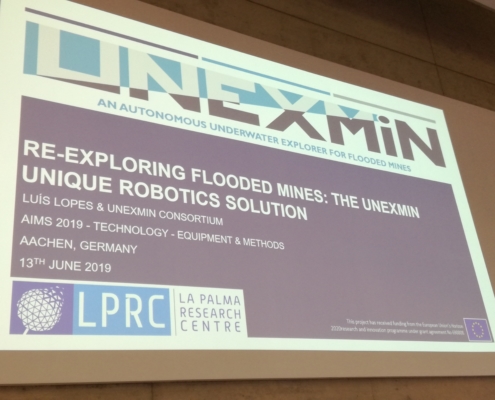
UNEXMIN presented at AIMS 2019, Aachen
On the 13th and 14th of June, during the AIMS – Aachen International…
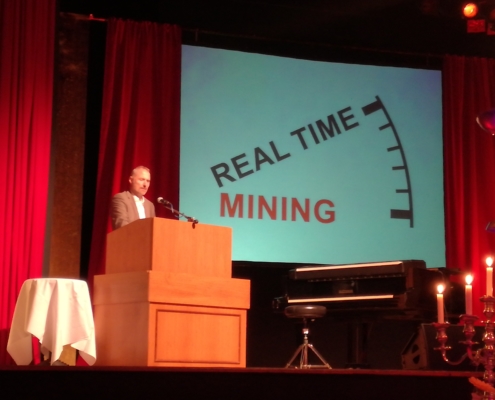
UNEXMIN at the 2nd International Real Time Mining Conference
The UNEXMIN project co-organized the 2nd edition of the Real…
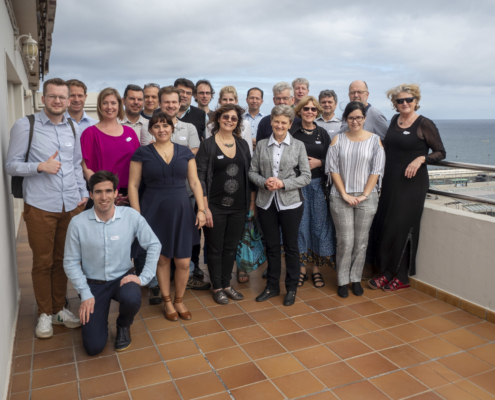
CHPM2030 Roadmapping workshop, Las Palmas
LPRC organised the CHPM2030 Roadmapping Workshop in Las Palmas…
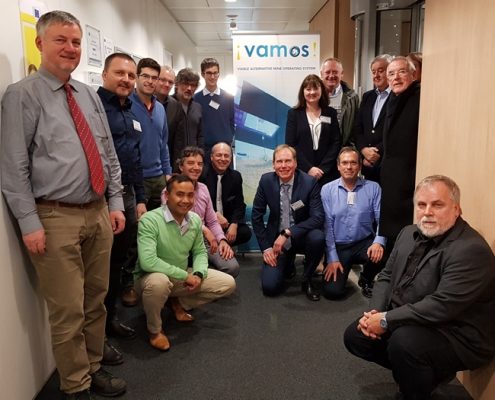
¡VAMOS! Final consortium meeting & Final review meeting, Brussels
The ¡VAMOS! project, from where the consortium developed an…
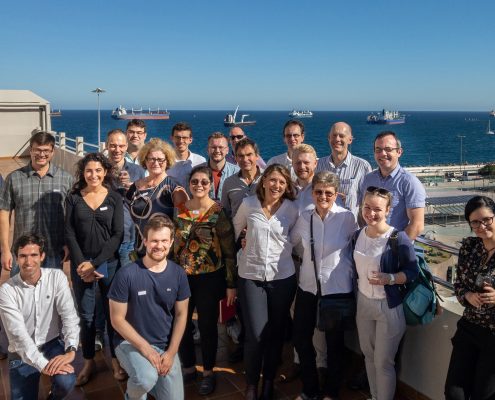 Tamas Miklovicz
Tamas MikloviczCHPM2030 Visioning workshop, Las Palmas
LPRC recently organised the CHPM2030 Visioning Workshop…
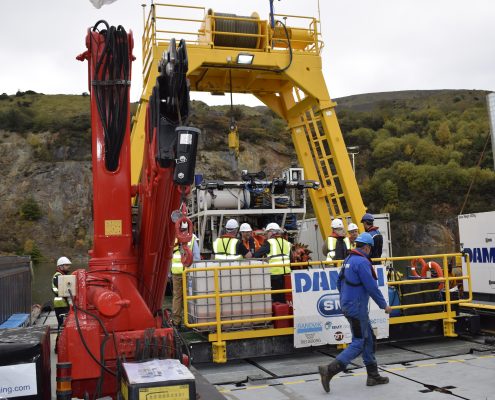
¡VAMOS! Open Day and Advisory Board meeting, Nenagh, Ireland
The ¡VAMOS! project is now having its second field trials where…
